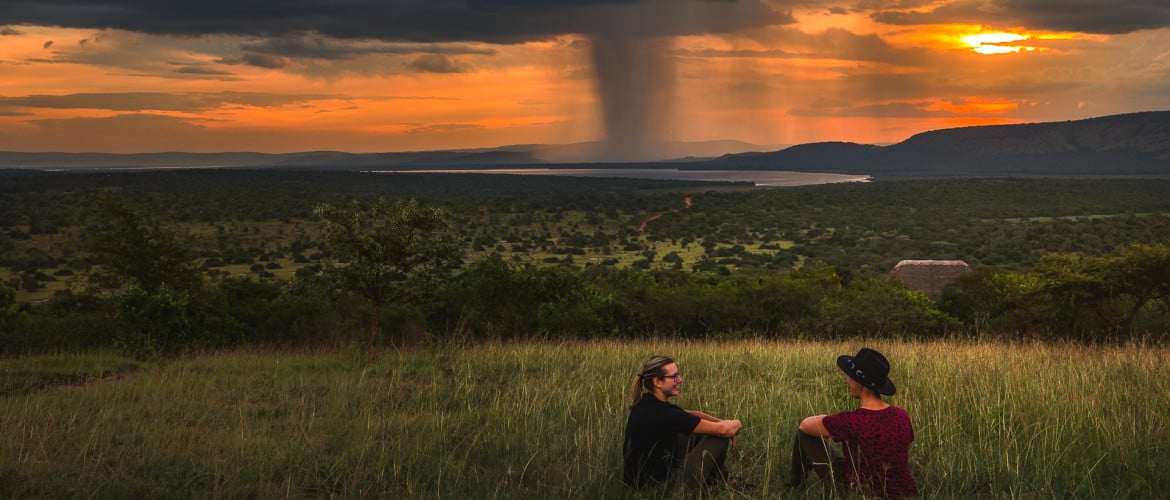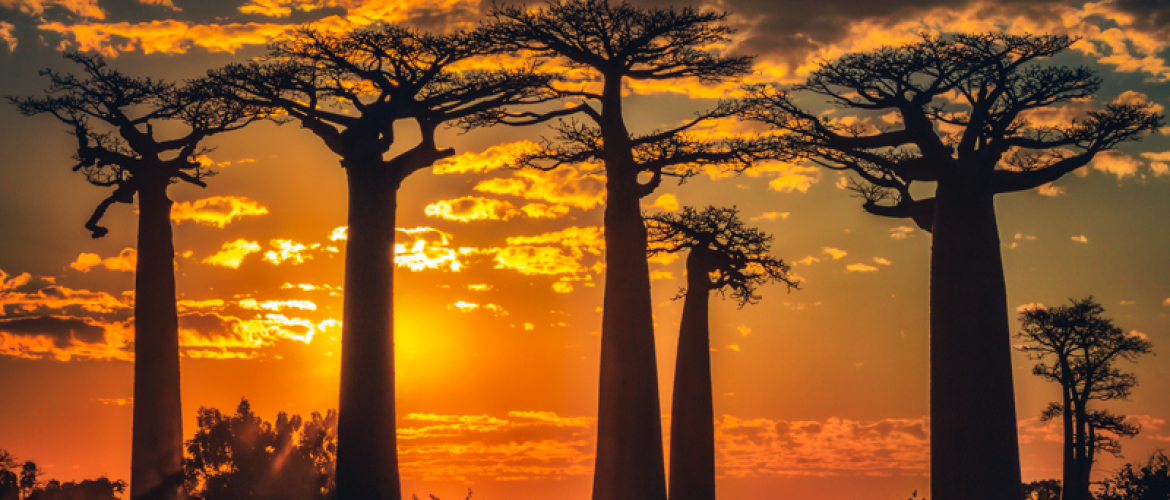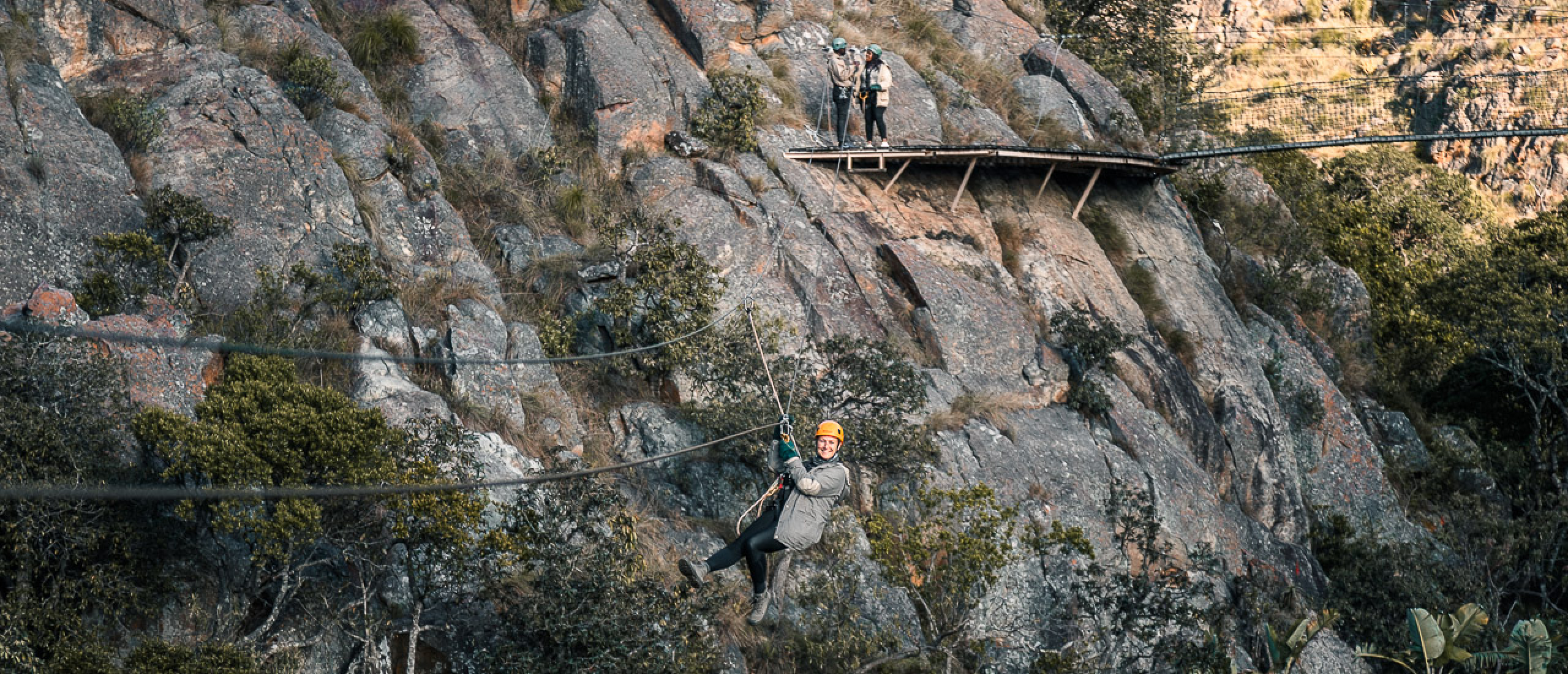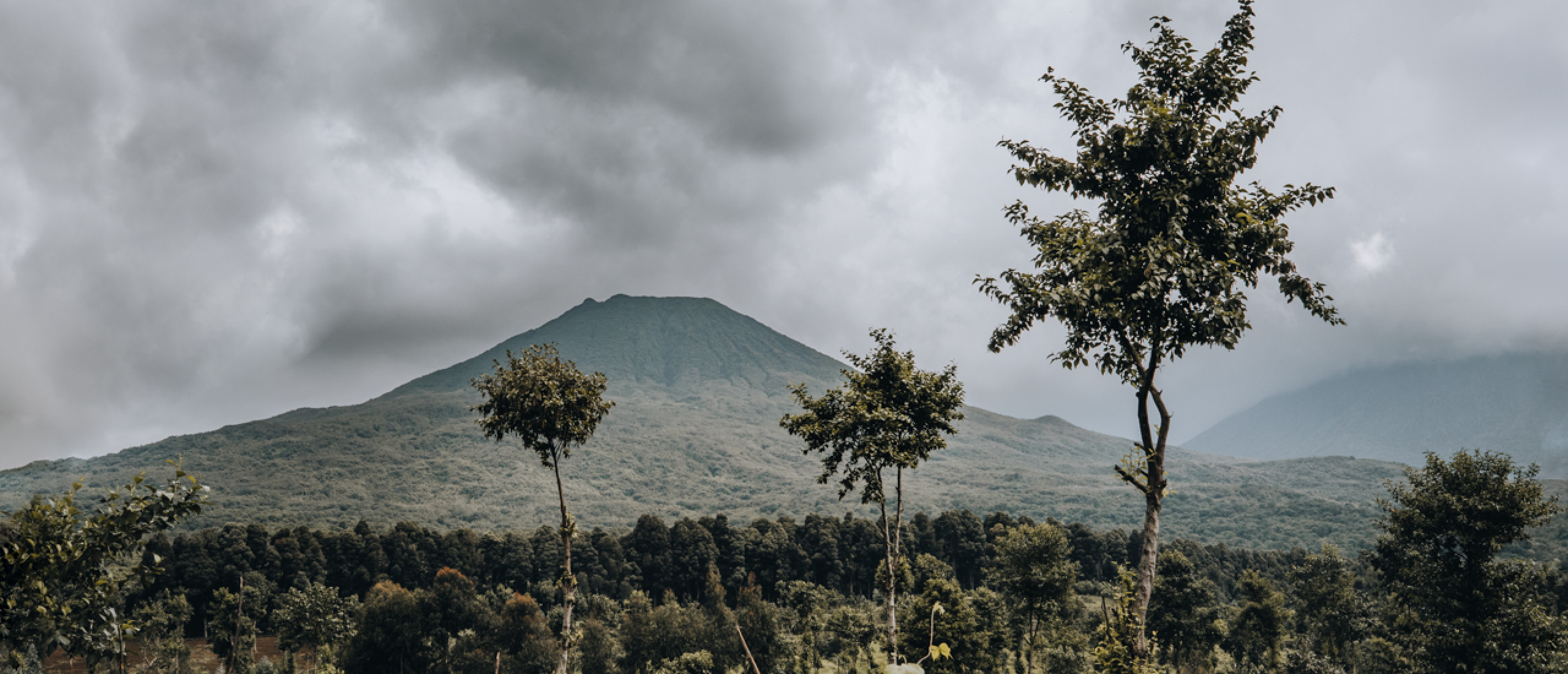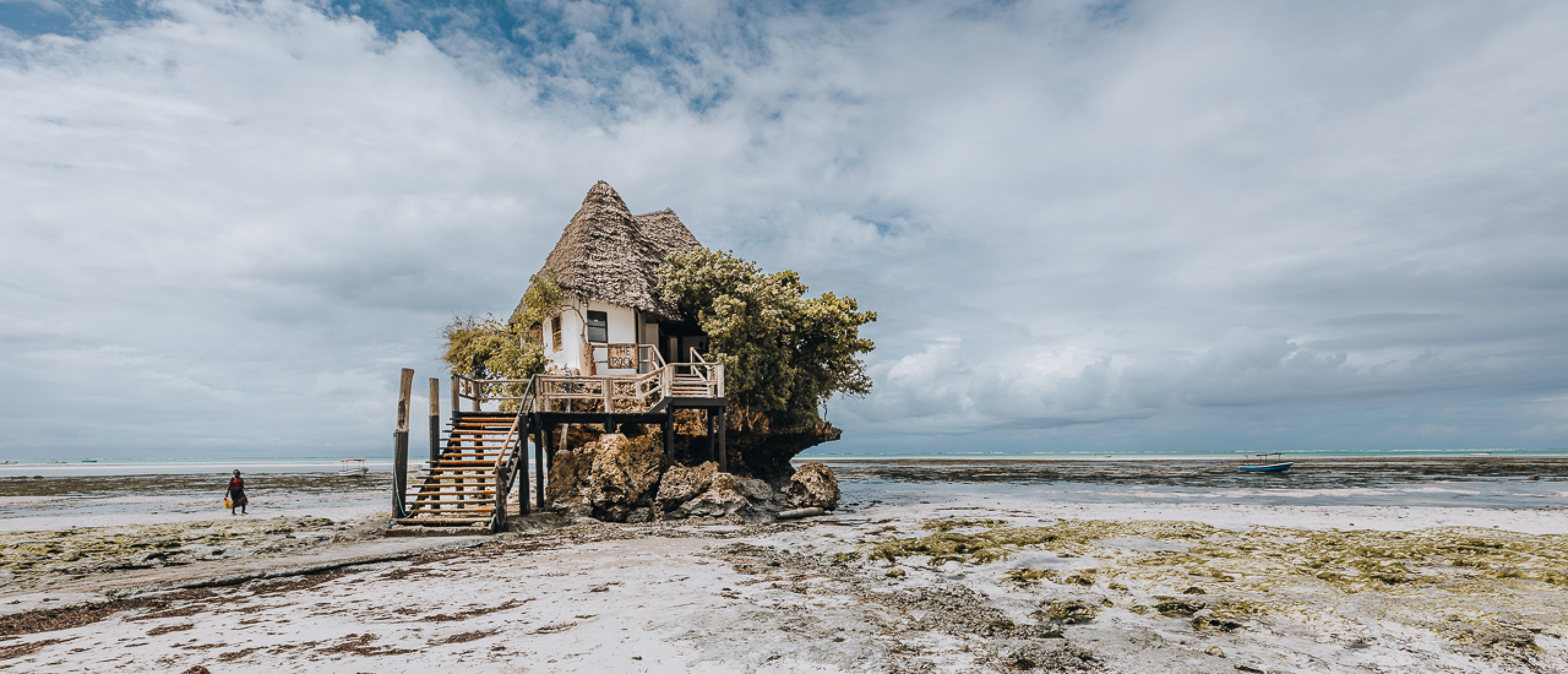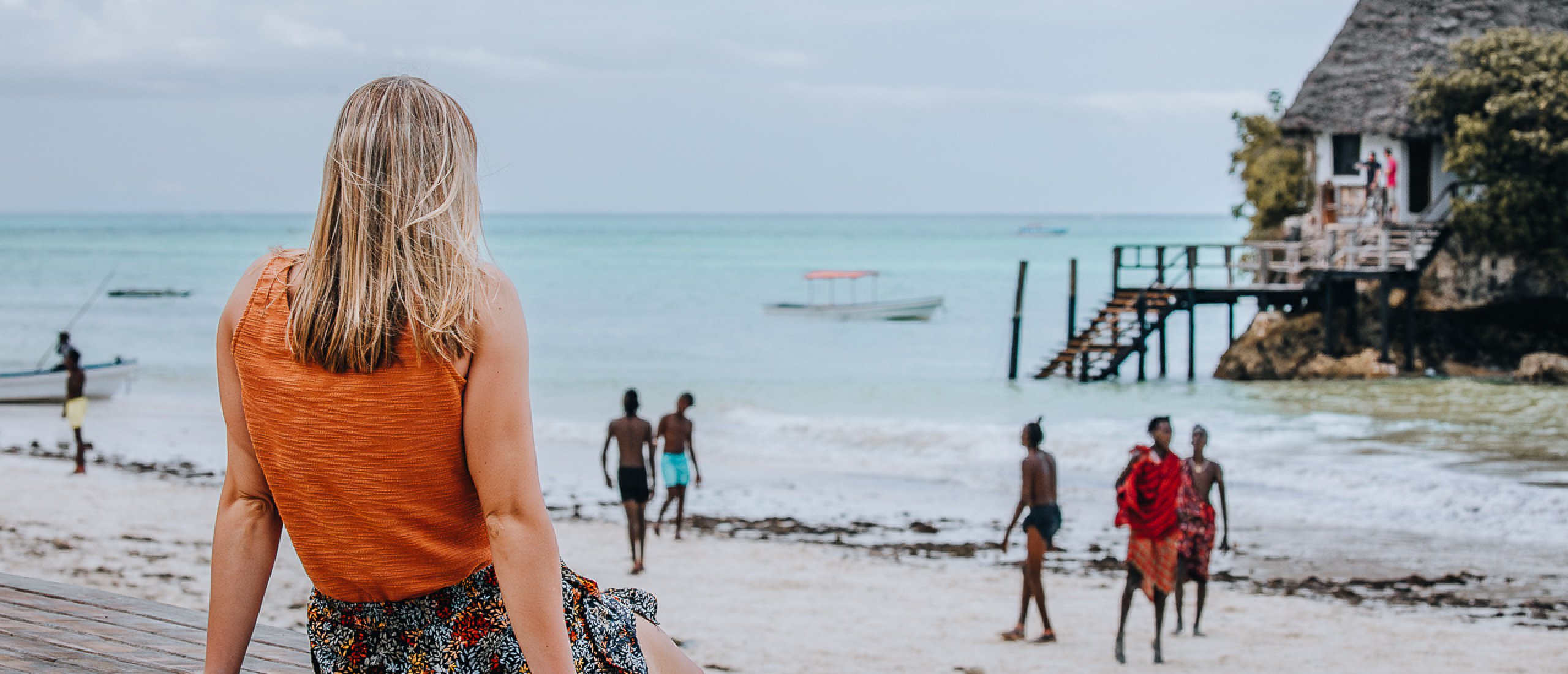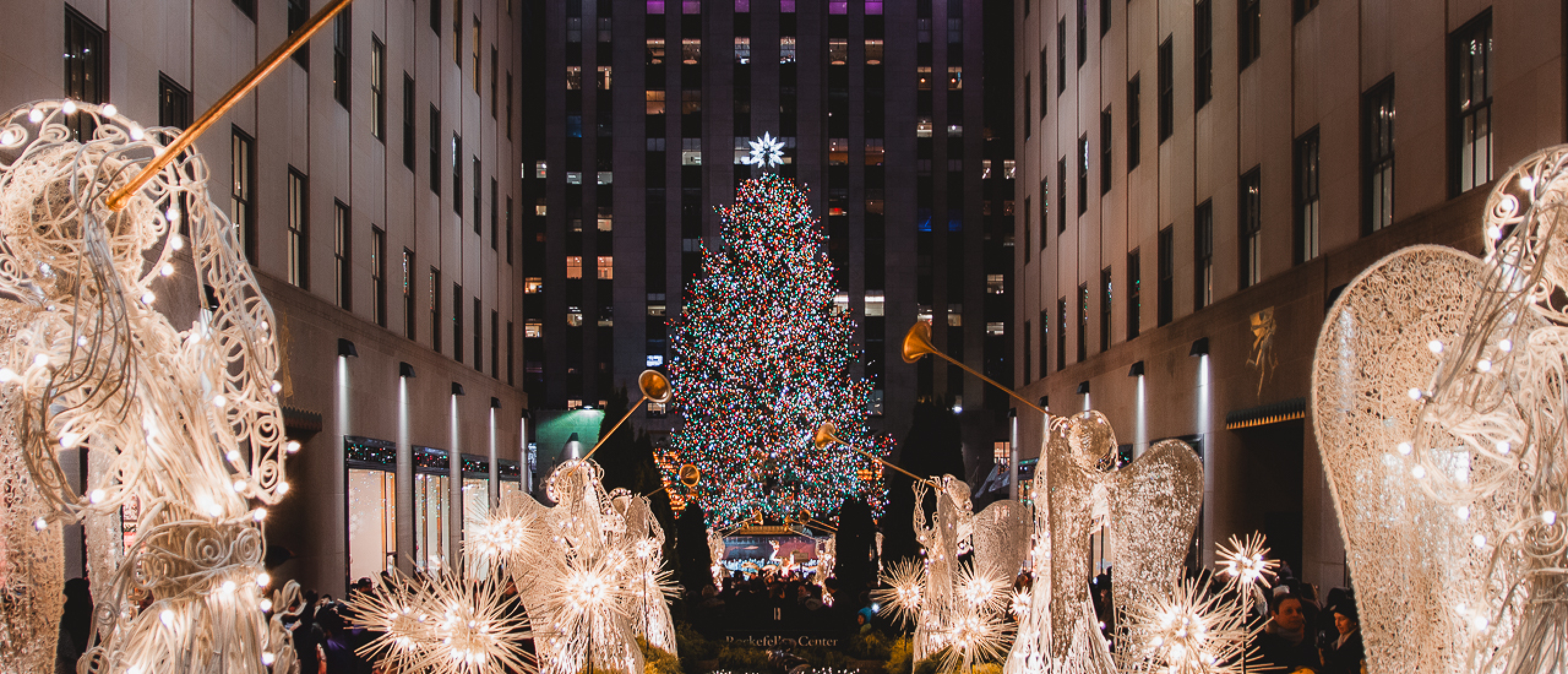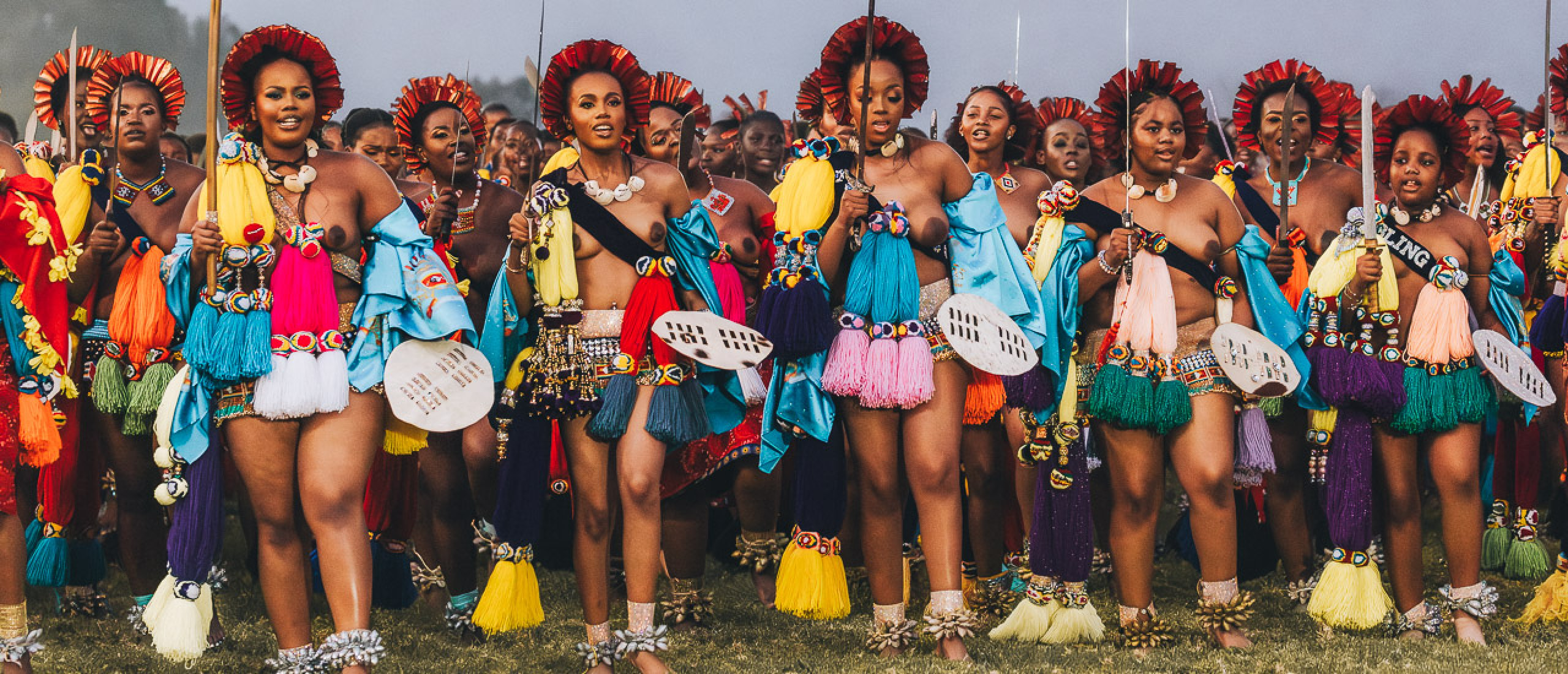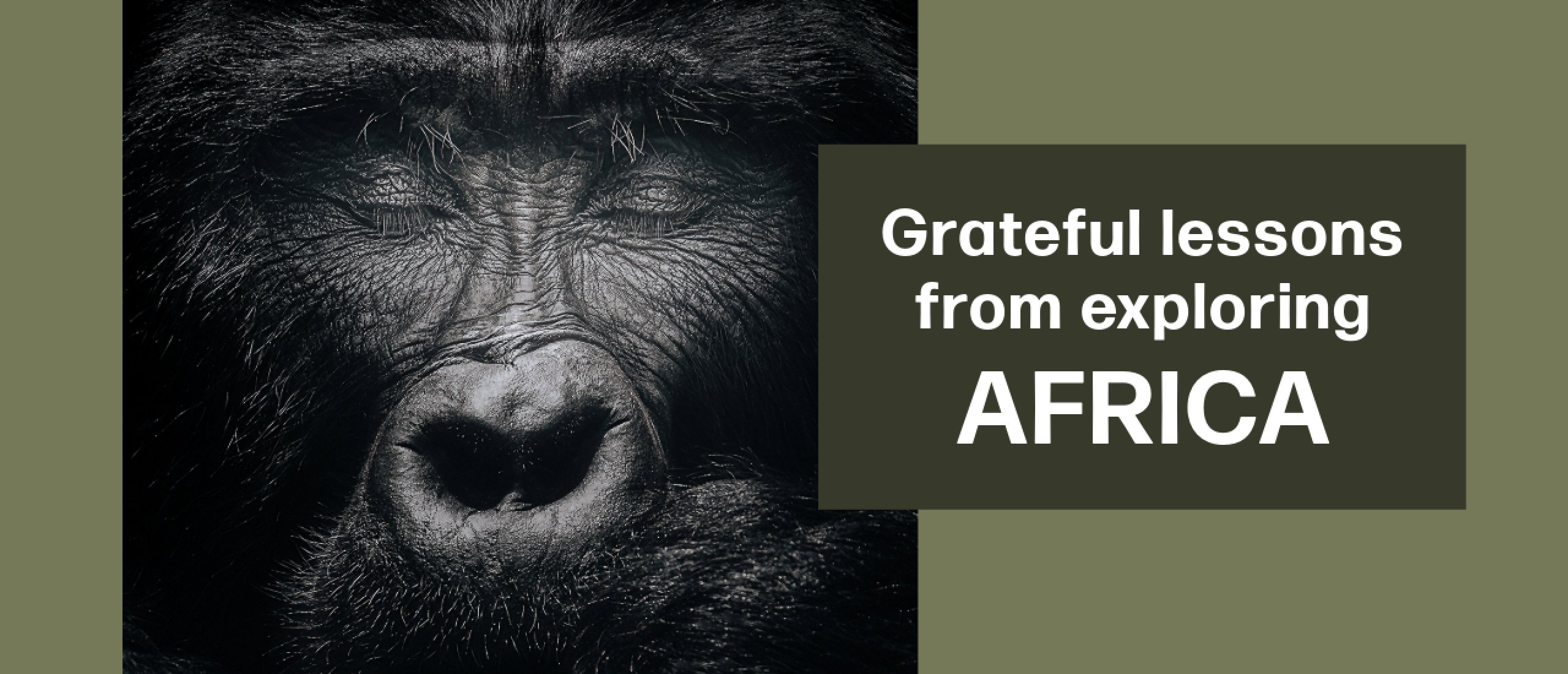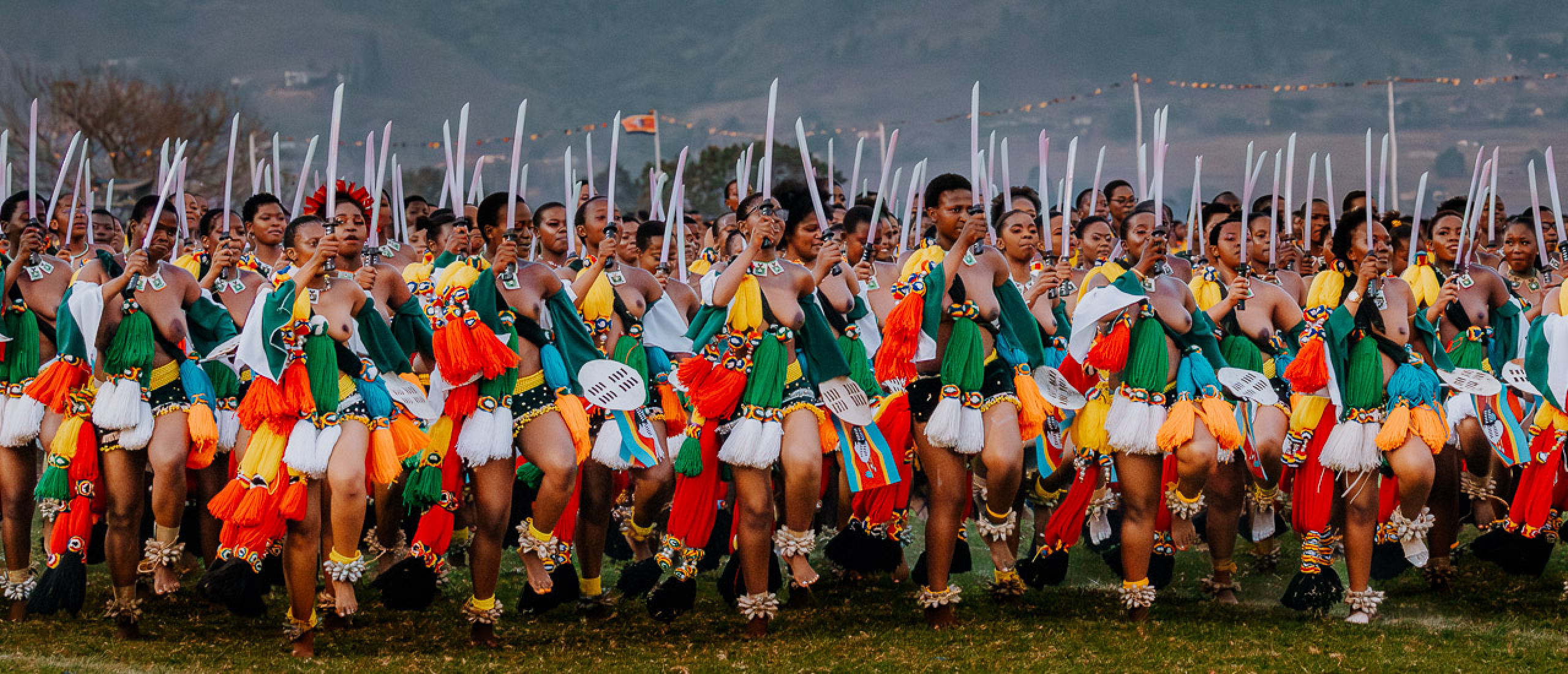
8-day Umhlanga Reed Dance: a day-to-day overview of Eswatini's largest cultural event
The 8-day Umhlanga Reed Dance in Eswatini is a celebration of purity, unity, and cultural strength. The annual event, occurring between late August and early September, centers on unmarried, childless girls cutting and presenting reeds. The festival's objectives include preserving chastity, providing tribute labor to the Queen Mother, and fostering solidarity.
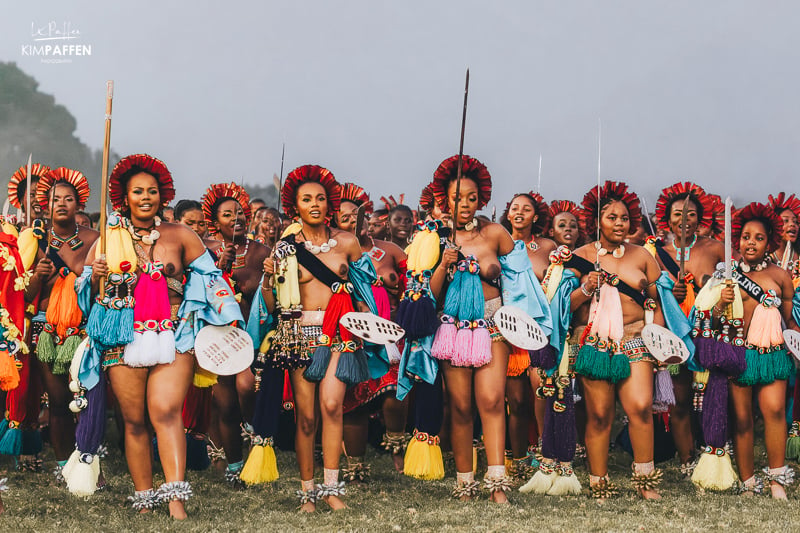
You can find more in-depth information about the Reed Dance and its historical and cultural significance in my article about 26 things to know about the Umhlanga Reed Dance Eswatini including when, where, and how to visit Eswatini’s largest cultural event.
In this article, I will share a short 8-day schedule of what happens during the Swaziland Reed Dance Festival per day:
Day 1: Preparation and Anticipation
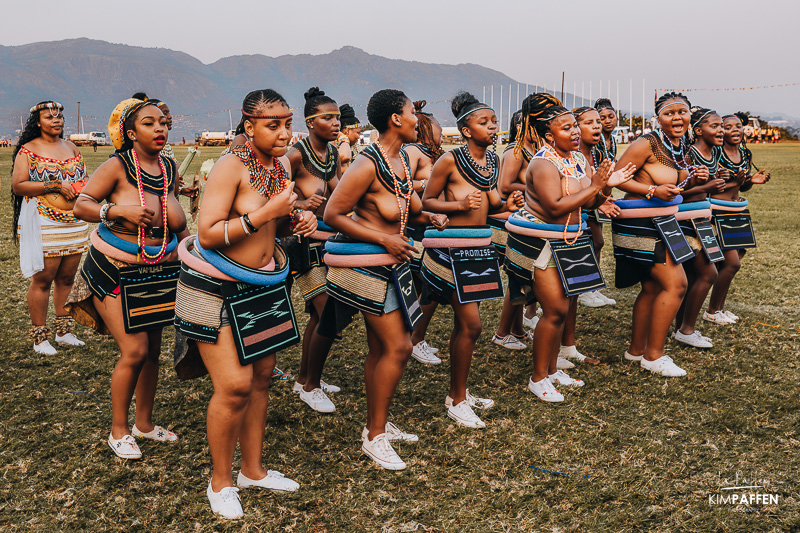
The festival kicks off with thousands of exciting and proud maidens (Imbali) in traditional Swazi attire that gather at the Ludzidzini Royal Residence, also known as the Royal Capital in Lobamba to work together and share moral values.
- Thousands converge at the Queen Mother’s Ludzidzini Royal Residence as an opportunity to pay tribute to the Queen Mother.
- "Umcwasho" young women initiate reed cutting, symbolizing strength and national unity.
- The maidens, coming in groups from ca. 200-350 chiefdoms, register for security reasons and are supervised by (four) Swazi men appointed by the chief.
- The Imbali sleep in huts of relatives in the royal village, in tents, big marquees, or in classrooms of nearby schools.
Day 2: March to the Reed beds
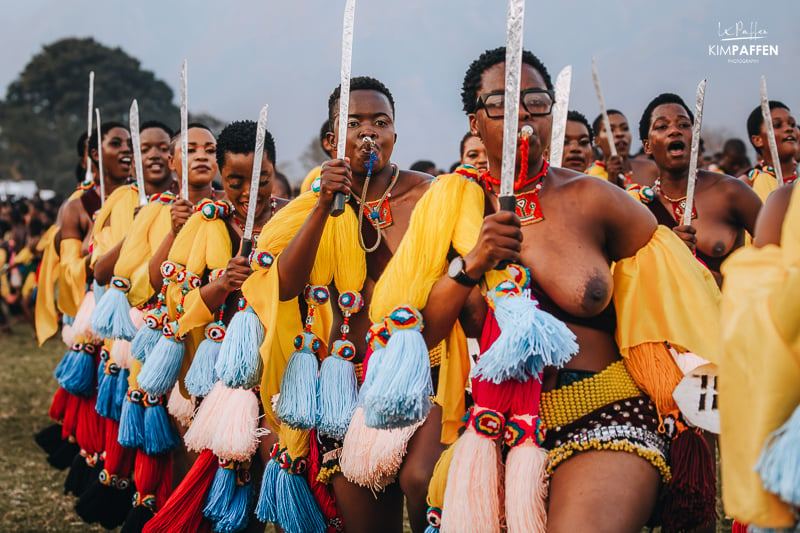
The local groups from all chiefdoms in Eswatini will be divided into separate groups based on age and from there, the reed-cutting starts.
- Older and younger girl groups are separated into two groups: 8 to 13 years and 14 to 25 years.
- In the afternoon, the groups and their supervisors march to the reed beds while singing traditional songs, demonstrating the collaborative spirit that defines Eswatini’s cultural identity.
- The older girls often cover more distances (40 kilometers) to cut the reeds
- Because the maidens cover varying distances to the reed beds, the government often provides lorries as a way of transport for longer journeys.
- Evening arrival at reed beds; accommodation in tents or homesteads.
Day 3: Community Building

After a good night of rest, on the morning of day 3 the maidens march towards the river banks where they start cutting the reeds using their machetes.
- Girls use long knives (machetes) to cut the reeds.
- Collected reeds are woven into symbolic structures.
- For bundling the reeds, they use traditional grass ropes. Nowadays, they also use plastic strips to tie the reeds
- This collaborative effort fosters a sense of unity and shared purpose among participants, reinforcing the festival's central theme of cultural cohesion.
Day 4: Journey of Purification and Song
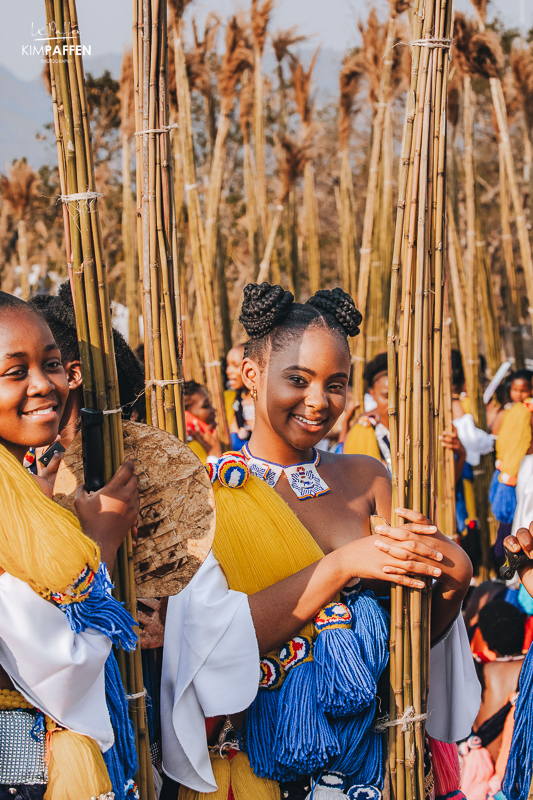
As the festival progresses, the maidens return to the Royal village in the evening symbolizing a significant and spiritually rich journey.
- Girls march back to the Queen Mother's Royal Residence carrying the bundles of reeds.
- They are singing all the way back.
- These spiritual rituals aim to purify both individuals and the community, highlighting the deep spiritual connection embedded in Eswatini's cultural practices.
Day 5: The Royal Parade and Lectures
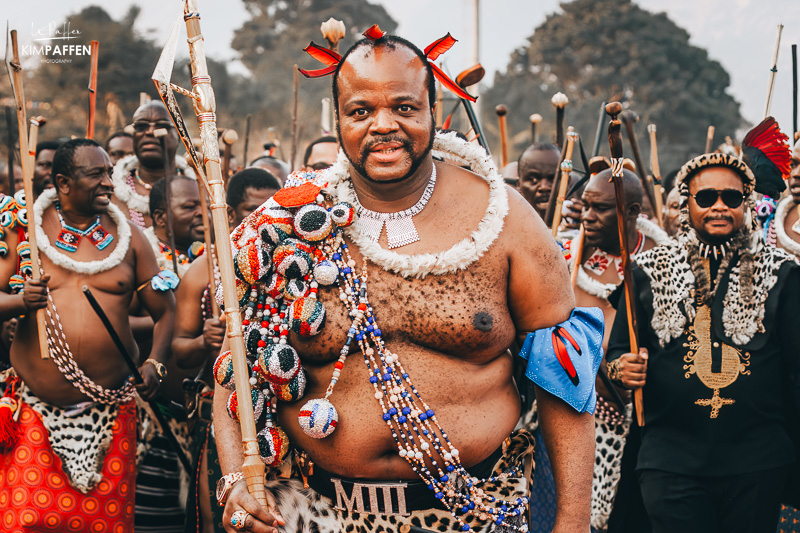
Day 5 of the Umhlanga Ceremony is a day of rest and lectures for the maidens. On this day, The Royal Family leads a parade through the streets of Eswatini's capital, Mbabane. Adorned in traditional regalia, and accompanied by the rhythmic beats of drums and traditional songs, the parade is a visual spectacle that showcases the kingdom's cultural richness.
- A day of rest to pamper after days of walking and to do the last preparations for their traditional costumes and hair.
- It’s also a day of entertainment and where lectures on relevant social topics take place; for example women empowerment, HIV awareness, gender-based violence, and teenage pregnancy prevention
- The Royal family leads a vibrant street parade through Mbabane, showcasing traditional regalia.
Day 6: Exhibitions and laying the Reeds
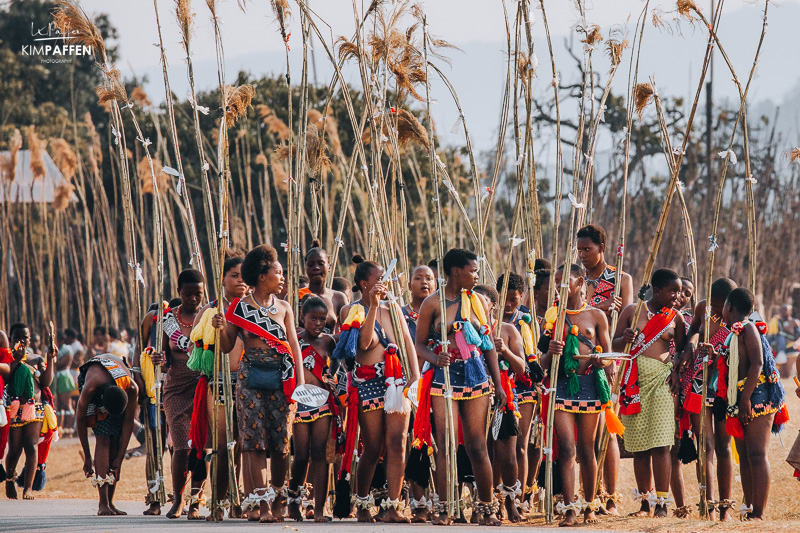
Visitors have the opportunity to immerse themselves in the kingdom's diverse cultural arts, crafts, and culinary delights, gaining a deeper understanding of the unique Swazi identity.
- Various cultural exhibitions display Eswatini's artistic expressions and traditional crafts.
- The maidens lay the reeds to the Queen Mother’s kraal after which they receive blessings from the Queen Mother of Eswatini.
- The actual delivery of the reeds is a private part of the ceremony where visitors are not allowed.
- Day 6 is the first day of dancing on the festival grounds in the main arena, after the delivery of the reeds in the afternoon.
- The dancing begins at about 3 pm until 6 pm.
- The groups of maidens move with their local group to the arena, which is open to the public, to dance and sing different songs at the same time
Day 7: The Reed Dance Ceremony (Main Day)
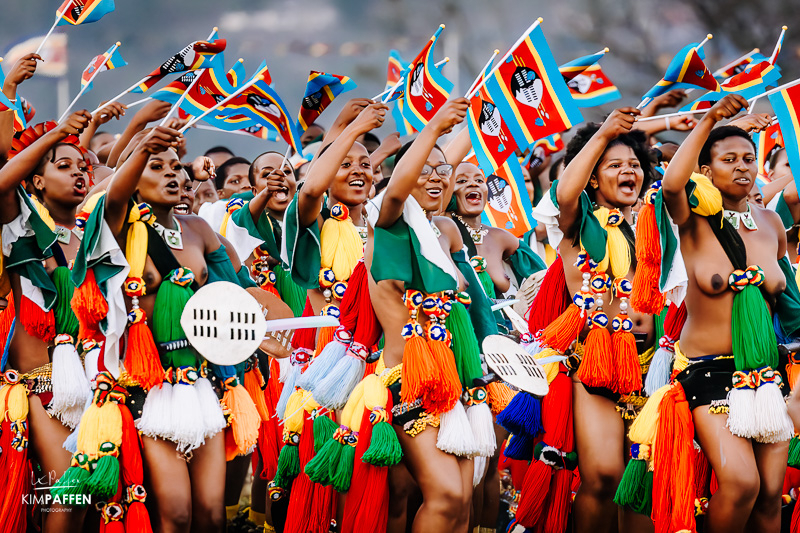
Day 7 is known as the Umhlanga Main Day because of the presence of the Royal Family, other dignitaries from neighboring countries, and international visitors. It’s the final day of celebration of the ancient Umhlanga tradition.
- Second and last day of dancing with royal attendance, including His Majesty King Mswati III, his wives and daughters, and the Queen Mother
- The King enters the Royal Arena with his warrior escorts, adorned with cow tails and clutching knob-stick and Zulu shields.
- The princesses of the Royal family wear red feathers on their hair and lead the maidens to perform before the King and Queen Mother. The feathers are of a specific type of bird, the Loerie (Ligwalagwala).
- Young Swazi women dance and sing bare-breasted for their Majesties and the public as a powerful symbol of femininity, strength, and unity.
Day 8: Reflection and Farewell
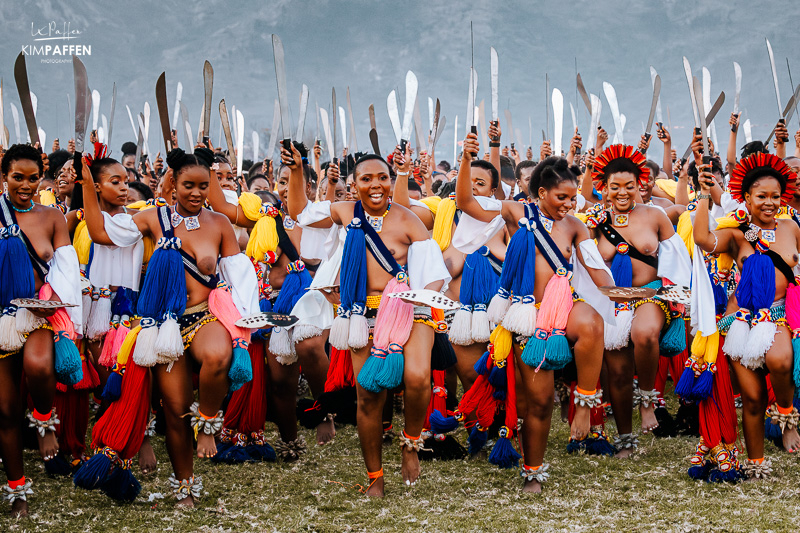
The Umhlanga Reed Dance comes to an end on day 8 and leaves an incredible mark on all who experienced Eswatini’s largest cultural event, fostering a deeper appreciation for the cultural heritage of Swaziland.
- Participants reflect on the festival's significance.
- King commands the slaughter of cattle for the girls, who receive meat pieces and take-home packages.
- Maidens prepare for departure, marking the conclusion of the festival.
8-day Umhlanga Reed Dance Schedule
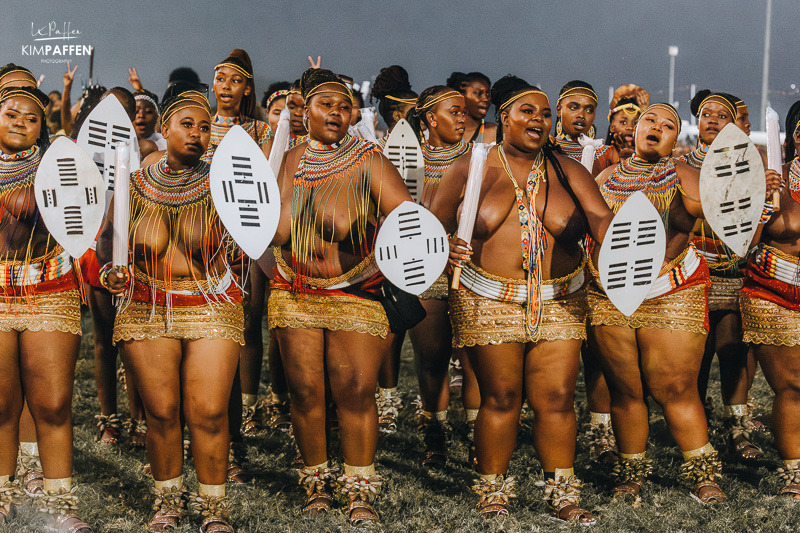
The Umhlanga Reed Dance Festival in Eswatini is not merely a spectacle; it is a journey through the heart and soul of a nation. As the kingdom continues to evolve, this annual celebration proves the enduring strength of tradition and the importance of cultural unity. For those fortunate enough to witness its magic, the Umhlanga Reed Dance Festival is an experience that transcends time, leaving an everlasting imprint on the hearts of all who embrace its cultural embrace. The festival's evolution from the old "Umcwasho" custom reflects a commitment to cultural heritage and solidarity among the Swazi people.


